Ersari main carpet
Collections Database: AC HTR.1936.24
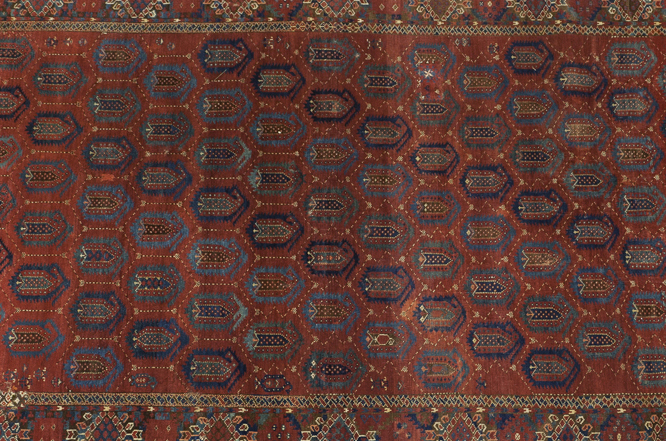
Collections Database: AC HTR.1936.24
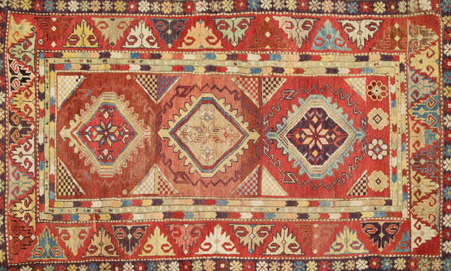
This carpet, made in Turkey circa 1900, represents a mystery for the Mount Holyoke College Art Museum, because no one knows how, or when, it came to the museum. It has been identified as a Milas carpet, suggesting it bears characteristics similar to other carpets produced in the district of …
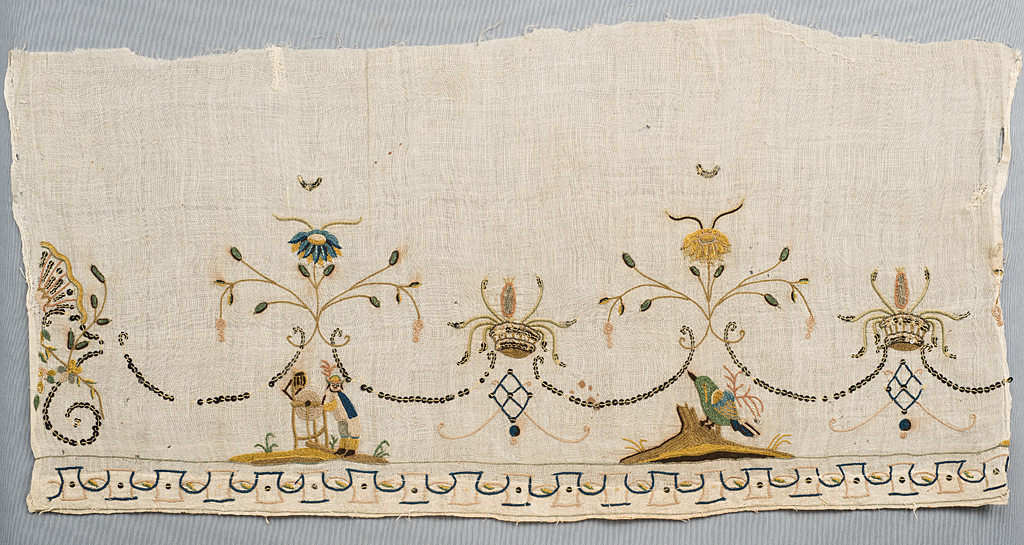
This embroidered fragment, with polychrome silk embroidery on a very fine cotton mull ground, has the additional embellishment of metal sequins and select areas of metallic thread. When new and shiny, these metallic elements would have added depth and sparkle to the garment.
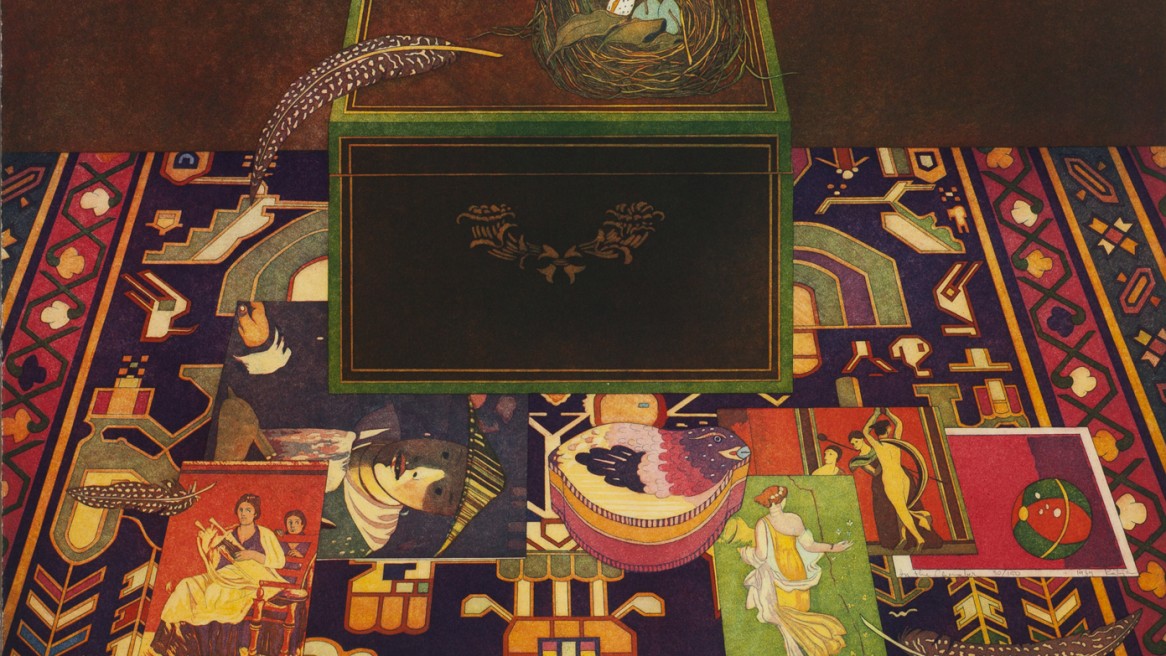
In the Chamber is a print made by artist Katja Oxman in 1989. Oxman’s artwork consists of still-life prints, using Middle Eastern or Turkish carpets as a backdrop for an array of objects: boxes, fruits, flowers, feathers, small birds (in this case, a bird’s nest with eggs), postcards, and reproductions …
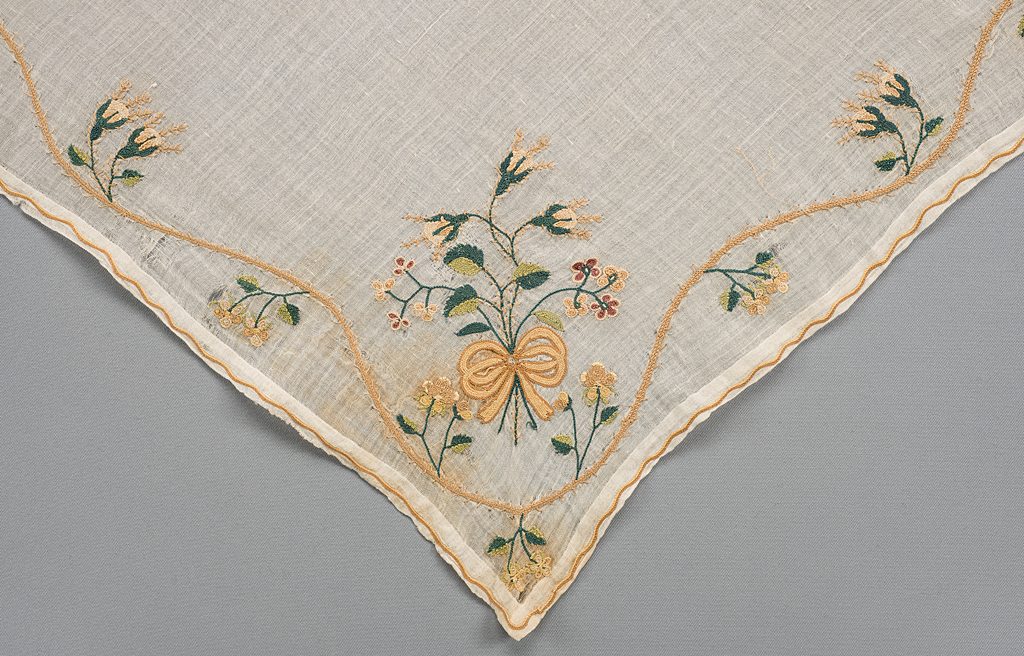
This fragment features polychrome silk embroidery on a very fine cotton muslin (mull) ground. The embroidery consists of a floral design, with the largest motif as a small bouquet of flowers tied with a bow. Most of the flowers are generic, but the three at the top of the bouquet …
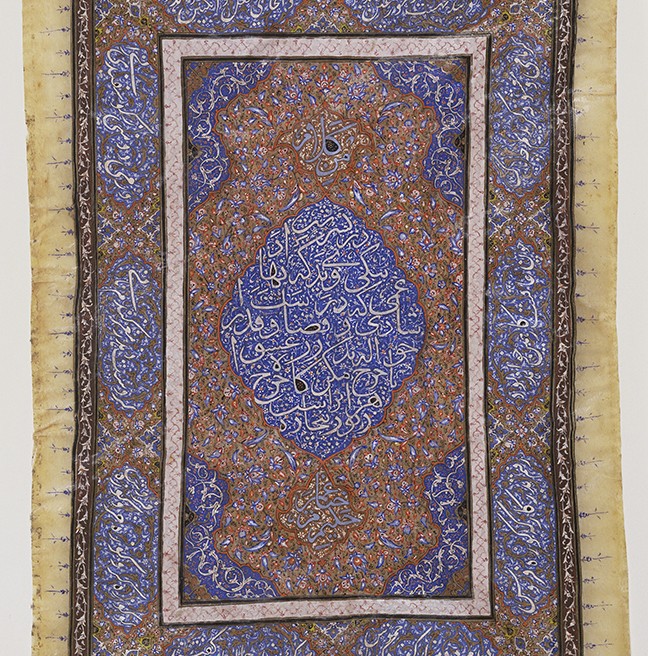
This page, and SC 1990:2-22, appear to have been made as a double frontispiece for a manuscript of Omar Khayyam’s scientific treatises.
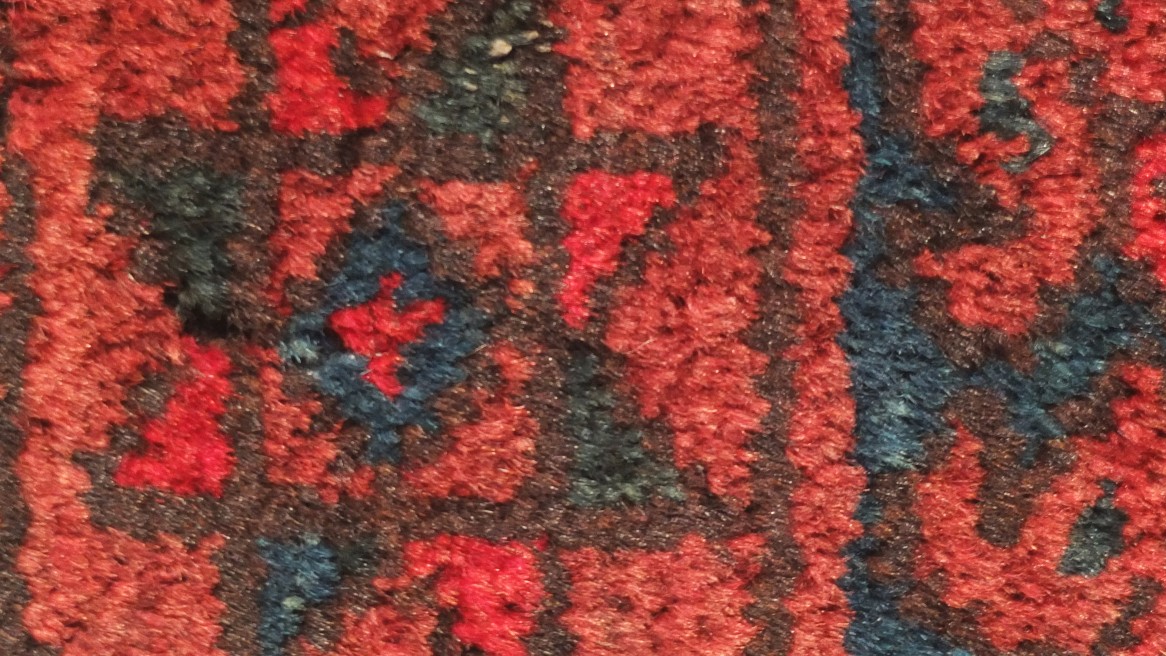
Collections Database: AC T.1929.14
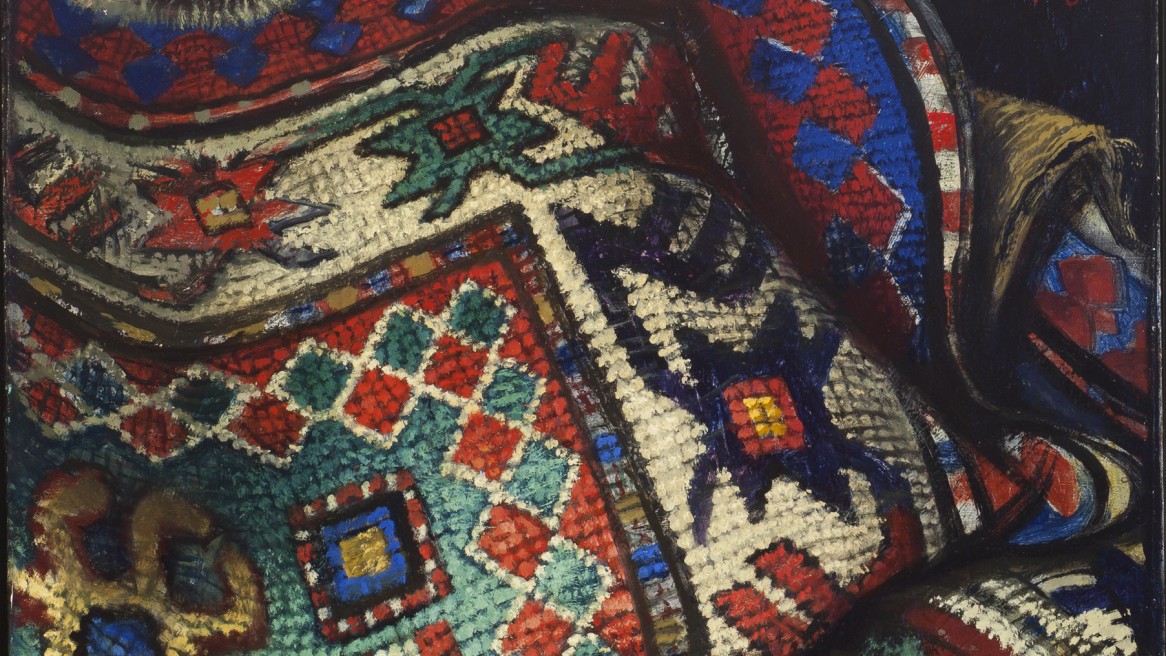
Collections Database: AC 2013.110
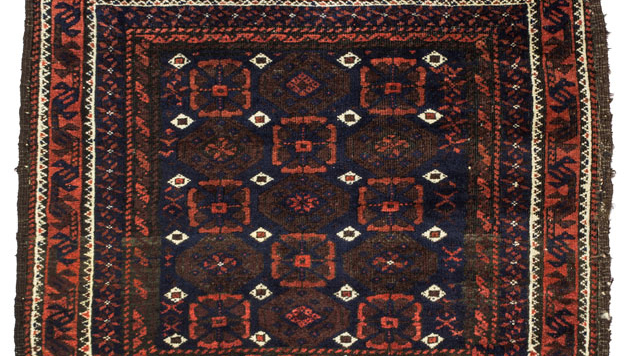
This textile is the front part of a khorjin (bag). It was woven for a purely utilitarian purpose – it was designed to help the owner carry objects. It is believed to have been woven in the 19th century in Balochistan, an arid desert and mountainous region that stretches across southeastern …

This textile is the front part of a khorjin (bag). It is believed to have been woven in the early twentieth century in a rural region at the border between northwestern Iran and Azerbaijan.
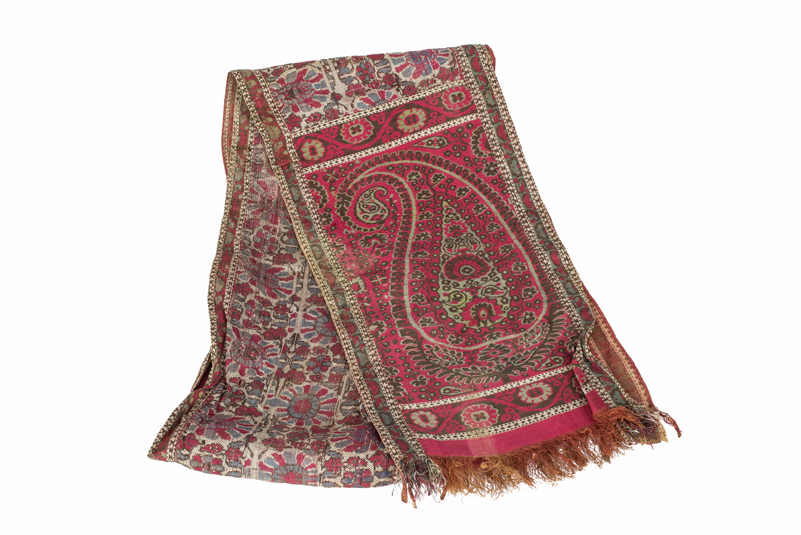
This silk scarf was given to the Mount Holyoke College Art Museum in 1859 as a gift from Reverend Isaac Newton Hurd. Its accession number, 27.O.M., indicates that it was acquired before the museum adopted its current accession number system in 1974. It is believed to be Indian in origin, …
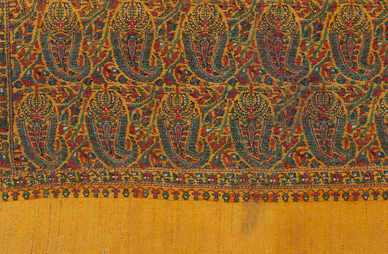
This shawl fragment is believed to be of Indian or Persian origin, and it functions in this exhibition as representative of an early nineteenth-century Indian shawl. This fragment, along with many other objects, was acquired by Amherst College in 1929 as a gift from conservationist, collector, and philanthropist George Dupont Pratt …
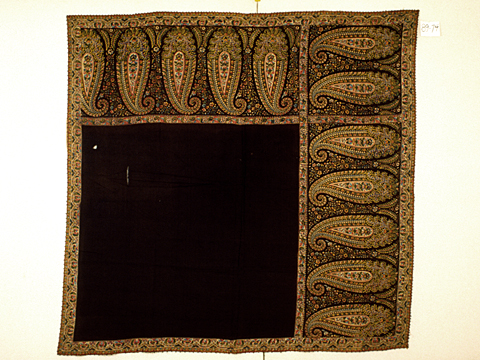
Collections Database: HD 89.074